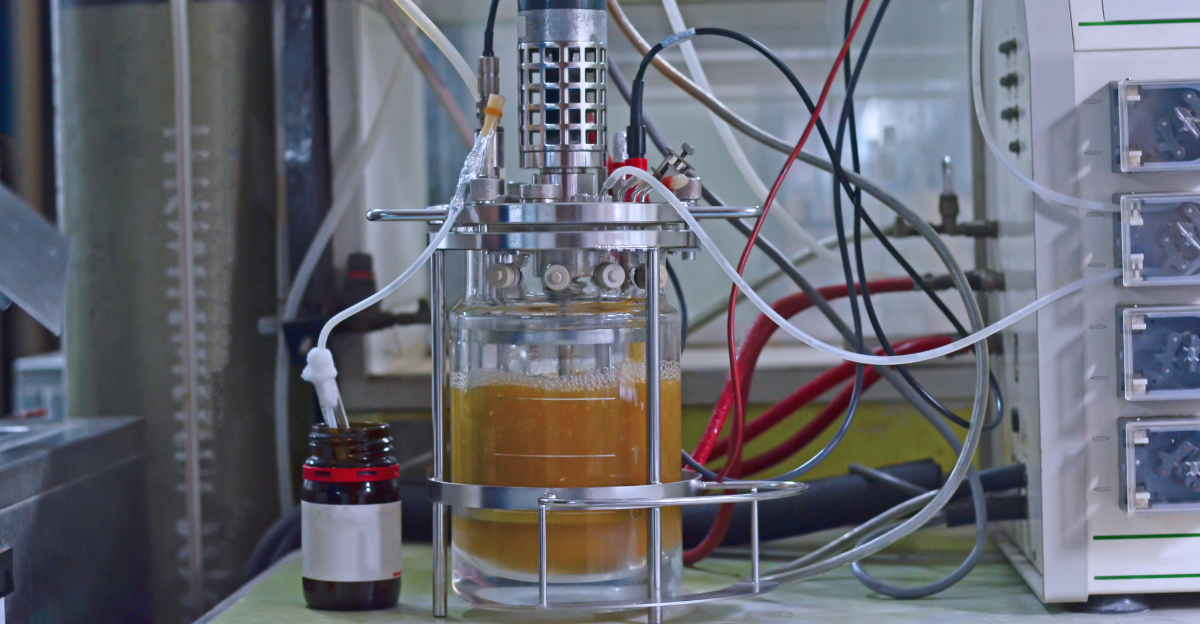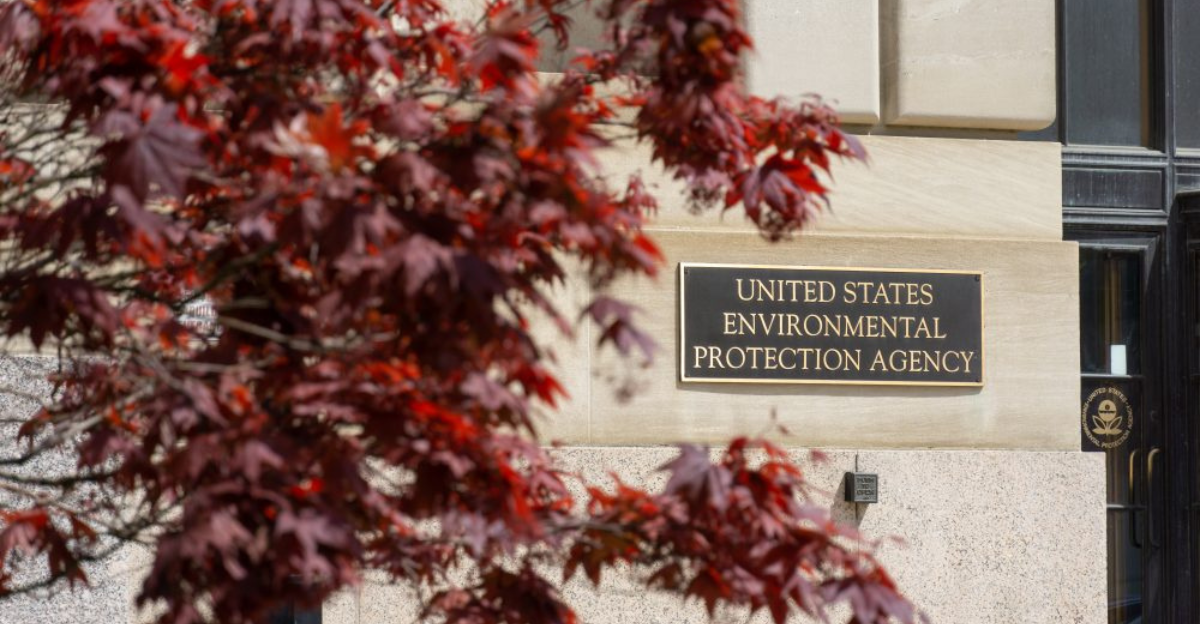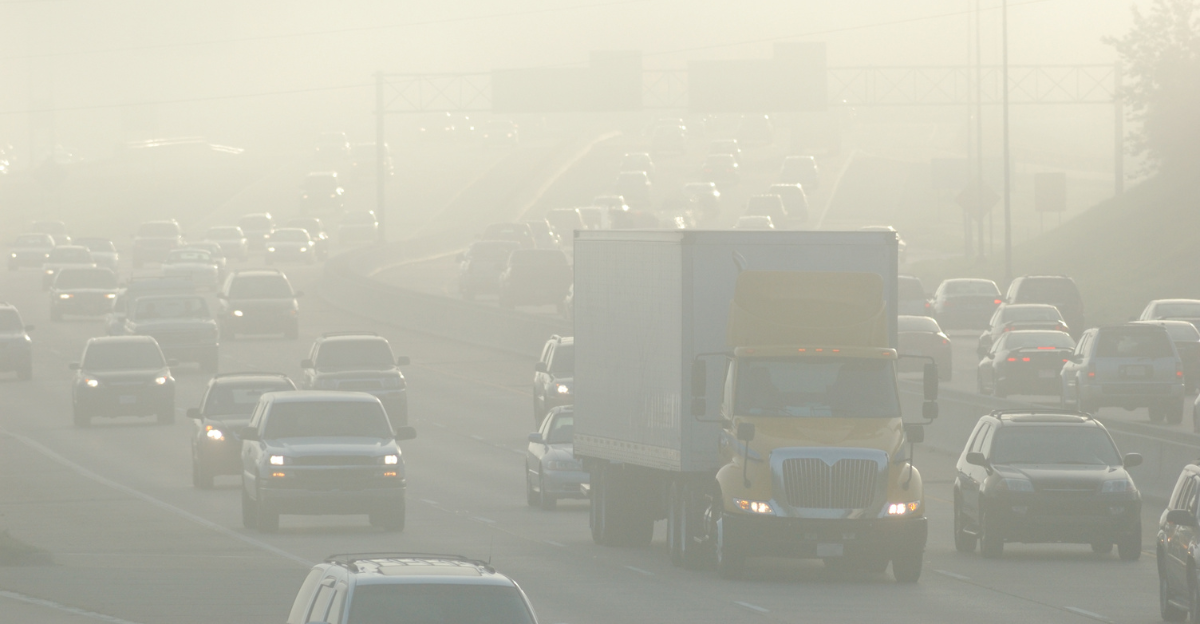
The Environmental Protection Agency (EPA) has once again greenlit the sale of higher-ethanol gasoline, specifically the E15 blend containing 15% ethanol, for the summer driving season across the United States. This decision announced through an emergency waiver, aims to provide consumers with a cheaper fuel option-E15 typically costs at least 10 cents less per gallon than the standard E10 blend and to support U.S. agriculture by increasing demand for corn in ethanol production.
The waiver, effective through mid-September, allows retailers nationwide to sell E15 despite longstanding restrictions during summer months. The restrictions were imposed because higher ethanol blends could exacerbate smog and air pollution.
What is E15 Gasoline?

This blend consists of 15% ethanol and 85% conventional unleaded gasoline, making it a higher-ethanol fuel than the more common E10 blend, which contains 10% ethanol. This blend has an octane rating of about 88, slightly higher than regular unleaded gasoline, which typically has an octane rating 87.
E15 is approved by the EPA for use in light-duty vehicles from model years 2001 and newer. It offers a renewable fuel option that can reduce reliance on pure gasoline and support agricultural ethanol production.
EPA’s Emergency Waiver for Summer Sales

The EPA’s emergency waiver for summer sales of E15 gasoline, issued under the Clean Air Act, allows the nationwide sale of the 15% ethanol fuel blend during the peak driving season starting May 1, 2025, and initially lasting through May 20, the maximum period allowed by law. This marks the fourth consecutive year the EPA has granted such a waiver to address fuel supply challenges and help lower prices at the pump.
The waiver also includes provisions that ease stricter fuel standards for E10 gasoline in several Midwestern states, ensuring E15 and E10 are sold on equal footing across the region. The EPA has stated it will continue monitoring fuel supplies and may extend the waiver if extreme and unusual fuel supply circumstances persist. “President Trump’s commitment to farmers and the Renewable Fuels Standard has been a cornerstone to his leadership. In my confirmation hearing, I pledged to establish certainty regarding the sale of E15 year-round. Promises made, promises kept,” said EPA Administrator Lee Zeldin.
Economic Benefits for Consumers

Consumers benefit significantly from the EPA’s decision to allow the sale of E15 gasoline during the summer, as this higher-ethanol blend generally costs 10 to 30 cents less per gallon than the standard E10 fuel. This price difference translates into meaningful savings at the pump, giving much-needed financial relief to families facing high fuel costs. For example, Iowa drivers saved $38.5 million in 2024 alone by opting for E15 over E10, and similar savings are expected nationwide this summer.
The availability of E15 lowers fuel expenses for everyday drivers and supports energy independence by encouraging the use of domestically produced biofuels. Advocates argue that expanding access to E15 can save consumers billions annually if year-round sales become permanent, making it an economically attractive option for millions of Americans.
Support from the Corn and Ethanol Industries

Nearly 9,000 corn growers and industry advocates recently signed a letter urging Congress to remove federal restrictions on year-round E15 sales. The letter emphasizes the economic benefits for rural communities and farmers amid rising input costs and volatile commodity prices. The National Corn Growers Association highlights that expanding E15 availability could increase corn demand by about 2.3 billion bushels annually, significantly improving profitability for producers nationwide.
Ethanol producers are advancing toward ambitious net-zero emissions goals by 2050, reinforcing ethanol’s role as a cleaner, renewable fuel option. Industry groups also stress that broader E15 adoption supports energy independence and provides a stable corn market, helping offset uncertainties in global agricultural markets.
Environmental Concerns and Smog Risks

E15 contains a higher ethanol content than the standard E10 blend, and ethanol’s chemical properties cause it to evaporate more readily in warm weather, potentially increasing the formation of ground-level ozone or smog during summer months. This smog can exacerbate respiratory issues and harm public health. Historically, the EPA has restricted E15 sales in summer to limit these evaporative emissions, as ethanol blends tend to have higher Reid Vapor Pressure (RVP), contributing to smog formation.
Critics argue that increasing ethanol from 10% to 15% may lead to higher emissions of pollutants such as nitrous oxides and formaldehyde, as well as increased greenhouse gases and water pollution from intensified corn farming.
Impact on Water Resources and Pollution

Ethanol production relies heavily on intensive corn farming, which often involves substantial application of nitrogen-based fertilizers. These fertilizers can run off into nearby waterways, leading to nitrate contamination of surface water and groundwater, which poses serious risks to drinking water quality and aquatic ecosystems. Such contamination is linked to health issues like blue baby syndrome in infants and increased cancer risks in adults.
The corrosive nature of E15 also raises the risk of leaks from underground storage tanks, further threatening water supplies. While ethanol is biodegradable, the environmental burden from intensified agricultural runoff and fuel-related pollution remains a critical concern for ecosystems and public health.
The Debate Over Ethanol’s Climate Benefits

While ethanol burns cleaner than gasoline, critics note that the overall climate benefits are complicated. The need for more corn production can lead to increased carbon emissions from fertilizer use and land management, challenging the narrative that ethanol is unequivocally green.
Recent research from Growth Energy and Argonne National Laboratory indicates that corn ethanol reduces GHG emissions by approximately 44% to 52% over its life cycle relative to petroleum-based fuels, thanks to improved agricultural practices, increased crop yields, and more efficient ethanol production processes.
Legal and Political Context

The EPA’s decision follows a trend of short-term waivers issued in recent years and aligns with efforts by Midwestern governors and lawmakers to allow year-round E15 sales. The Renewable Fuels Association urges Congress to pass legislation for permanent approval to provide market certainty. Under Administrator Lee Zeldin and consistent with President Trump’s Executive Order declaring a National Energy Emergency, the EPA has issued emergency fuel waivers since 2022 to allow E15 sales during the summer driving season, overriding previous restrictions aimed at limiting smog formation.
The move also responds to requests from governors of major corn-producing Midwestern states, ensuring that E15 and E10 fuels compete on an equal regulatory footing in those regions. Meanwhile, bipartisan bills have been reintroduced in Congress to make year-round, nationwide E15 sales permanent, highlighting the political momentum behind expanding ethanol use.
Future Outlook for E15 Sales

The EPA plans to continue issuing waivers to maintain E15 availability through the summer and possibly beyond. The long-term future of E15 sales hinges on legislative action and evolving environmental policies, balancing economic benefits with environmental protection.
The trend toward increased biofuel blending, driven by policy support and consumer demand for lower-priced fuel, suggests that E15 will likely continue to play a growing role in the U.S. fuel market.
Explore more of our trending stories and hit Follow to keep them coming to your feed!

Don’t miss out on more stories like this! Hit the Follow button at the top of this article to stay updated with the latest news. Share your thoughts in the comments—we’d love to hear from you!







